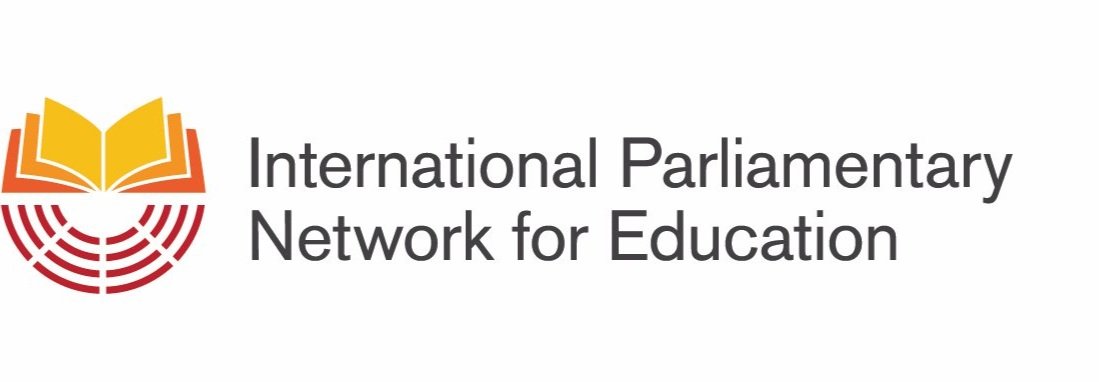Closing the learning data gap using citizen-led assessments
By Lorena Chiran, Policy and Advocacy Advisor, International Parliamentary Network for Education (IPNEd)
Only 1 in 10 children in Sub-Saharan Africa can read and understand a simple sentence by age 10.
50% of Sub-Saharan African countries lacking data on learning outcomes.
Citizen-Led Assessments (CLAs) are an innovative and powerful model for assessing the foundational reading and numeracy skills of children.
The World Bank estimates that worldwide 70% of 10-year-olds are unable to read and understand a simple written text. In Sub-Saharan Africa, it is estimated that almost 90% of children cannot read and understand a simple sentence by age 10.
These estimates have emerged from a collaboration between the World Bank and the UNESCO Institute for Statistics (UIS) which in October 2019 launched a new multidimensional indicator called learning poverty. This combines the share of primary-aged children out-of-school and the share of pupils below a minimum proficiency in reading.
By combining schooling and learning, the indicator brings into focus both “more schooling” and “better learning” which is important to ensure that time spent in school translates into acquisition of skills and capabilities.
Big data gaps hinder progress
However, these global figures released by the World Bank and UIS mask the fact that around the world there are huge and persistent data gaps. 97 countries worldwide do not collect the data needed to measure children’s learning levels in reading and mathematics.
The evidence is especially rare in low-income and conflict-affected contexts where students are often demonstrating the lowest learning outcomes. More than half of countries in Sub-Saharan Africa lack data on learning levels in math and reading.
To accelerate progress on learning, national learning assessments on reading and math should be designed to provide regular, reliable and relevant data on learning outcomes. Assessments should be able to measure learning, track progress regularly over time starting early in school in a way that truly reflects where students are in terms of their learning.
Understanding whether and how much children are learning in the early grades informs effective government policies and programs on improving learning and enables policymakers to provide appropriate education support to ensure all children are learning. Without data on learning, governments have little to rely on for how to effectively leverage their increasingly limited resources to make the most significant impact on student learning.
What role for Citizen-Led Assessments?
Designed as household-based assessments, Citizen-Led Assessments (CLAs) are implemented by local organizations who assess children in their homes.
The Citizen-Led Assessment (CLA) model was first conceptualized in India in 2005 with Pratham Education Foundation's Annual Status of Education Report (ASER). Since then the method has spread out across the world demonstrating its relevance and adaptability.
The core features of the model have been successfully adapted for use in a range of country contexts and by a variety of organizations across Africa, Asia and the Americas. Organizations using the method formed the People’s Action for Learning (PAL) Network,.
There are now 56 national and international organizations affiliated with the PAL Network conducting citizen assessments in 33 countries across South America, Africa and Asia.
What are Citizen-Led Assessments?
Citizen-Led Assessments are an innovative, powerful model to assess foundational learning of reading and numeracy skills in developing countries that is cost-effective, inclusive, and has the capacity to mobilize citizens to advocate for foundational learning.
Last month I had the opportunity to attend the PAL Network’s Policy Dialogue on Evidence for Learning in Africa and witness first hand the process of conducting citizen-led assessments (CLAs) using the ICAN literacy and numeracy assessment model in a village within Machakos County near Nairobi, Kenya.
CLAs offer a model not only for generating evidence on children’s foundational reading and numeracy, but also for connecting assessment results to remedial action on the ground and engage parents and community members in discussions about learning which can help foster civil action to improve education and increase the accountability of school systems.
Conducted by community volunteers (parents, teachers, community leaders) at the household level they offer a method of assessing learning that is grounded in the realities of Sub-Saharan Africa where not all children are enrolled or attend school regularly.
CLAs also have the potential to reach the most marginalized children, families, and communities, often in remote areas. CLAs add an essential piece of information for truly monitoring progress and help shine a light on the learning levels of all children.
Filling data gap and drawing attention to learning poverty
Citizen-led assessments are filling a gap in generating data on learning levels of children which can help governments reveal gaps in student achievement and service provision and improve parental engagement and the accountability of schools to their local communities.
In the absence of government data on learning in most of the countries in Sub-Saharan Africa, CLAs provide a rapid and effective mechanism for generating evidence on children’s foundational reading and numeracy.
This can be used to create population estimates of learning based on large-scale implementation of the assessment with a sample of children and to measure the outcomes of interventions aiming to improve foundational learning, by doing repeat assessments of a selected population of children over time.
The tools, the process, and the data provided by CLAs contribute to advocacy efforts around the importance of foundational learning as it helps citizens communicate and discuss the emerging data on learning with policymakers, including parliamentarians, community organizations, and parents.
The ability of governments to make evidence-based decisions, implement effective teaching and learning strategies or decide on appropriate levels of financial investment to end the learning crisis is seriously hampered by not knowing whether and what children are learning.
National learning data which is generated and owned by governments is key and must be prioritized but in the absence of it data from community assessments have an important contribution to make to shining a light on the learning crisis and driving action to address it.


